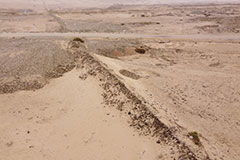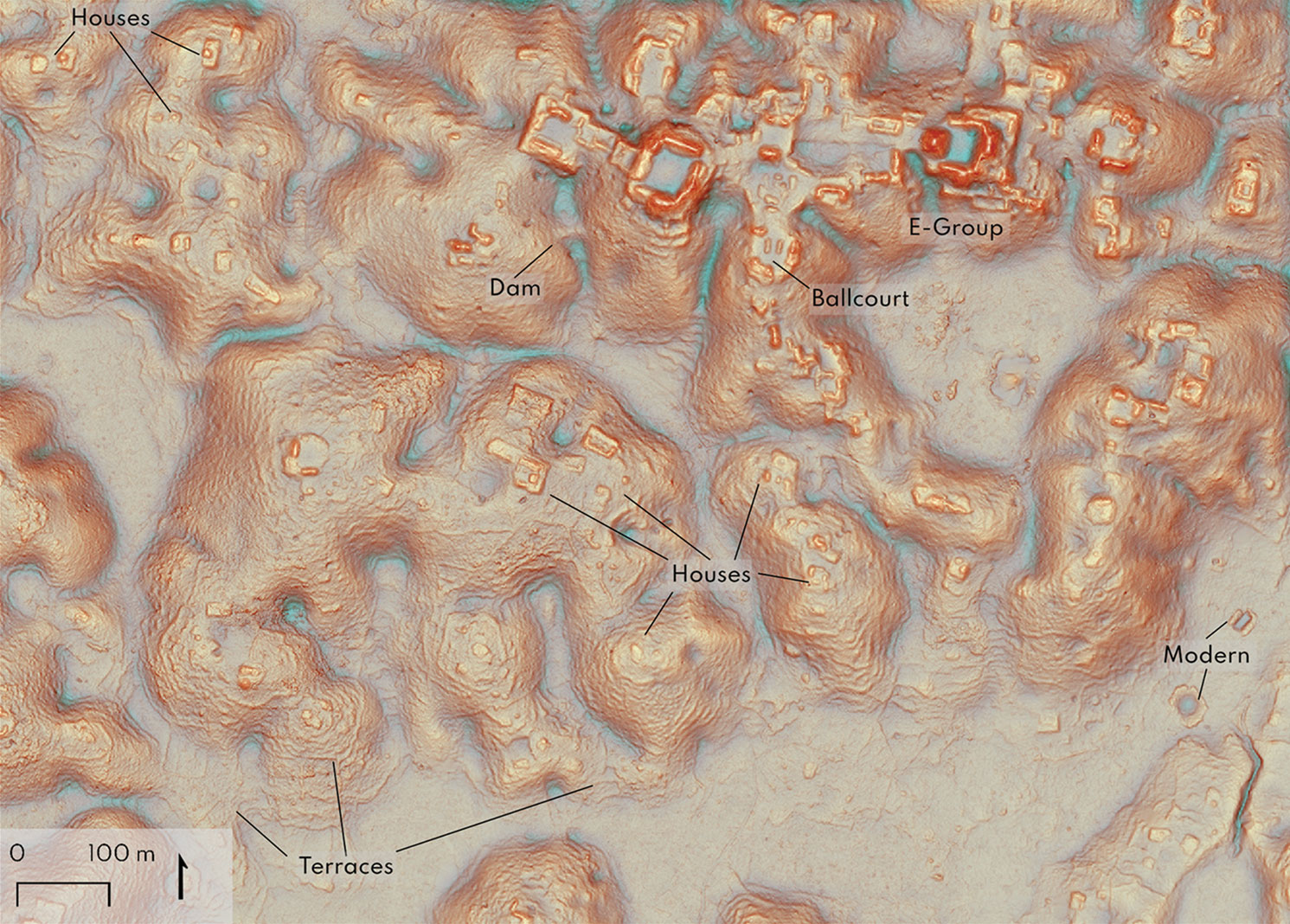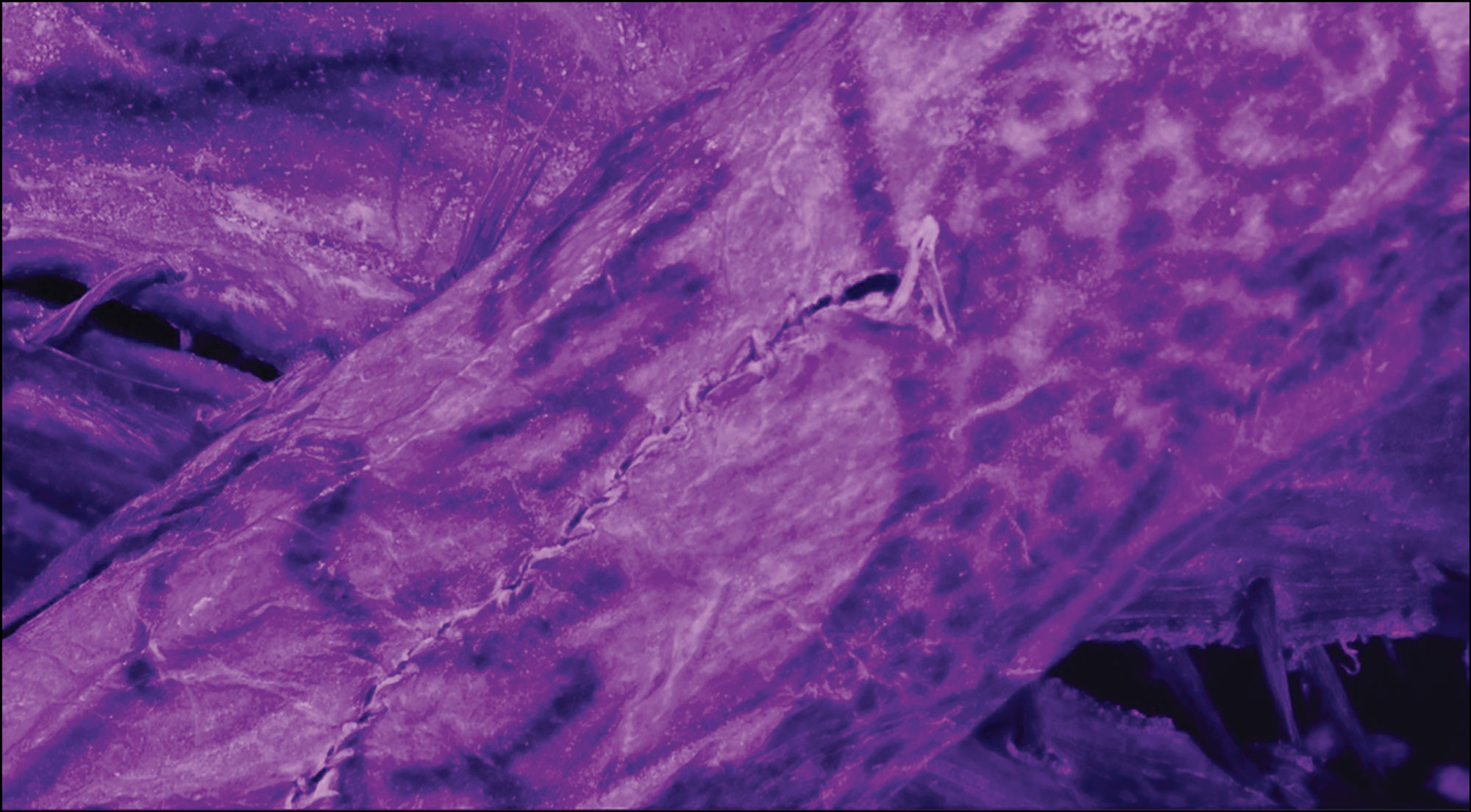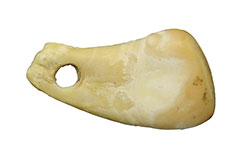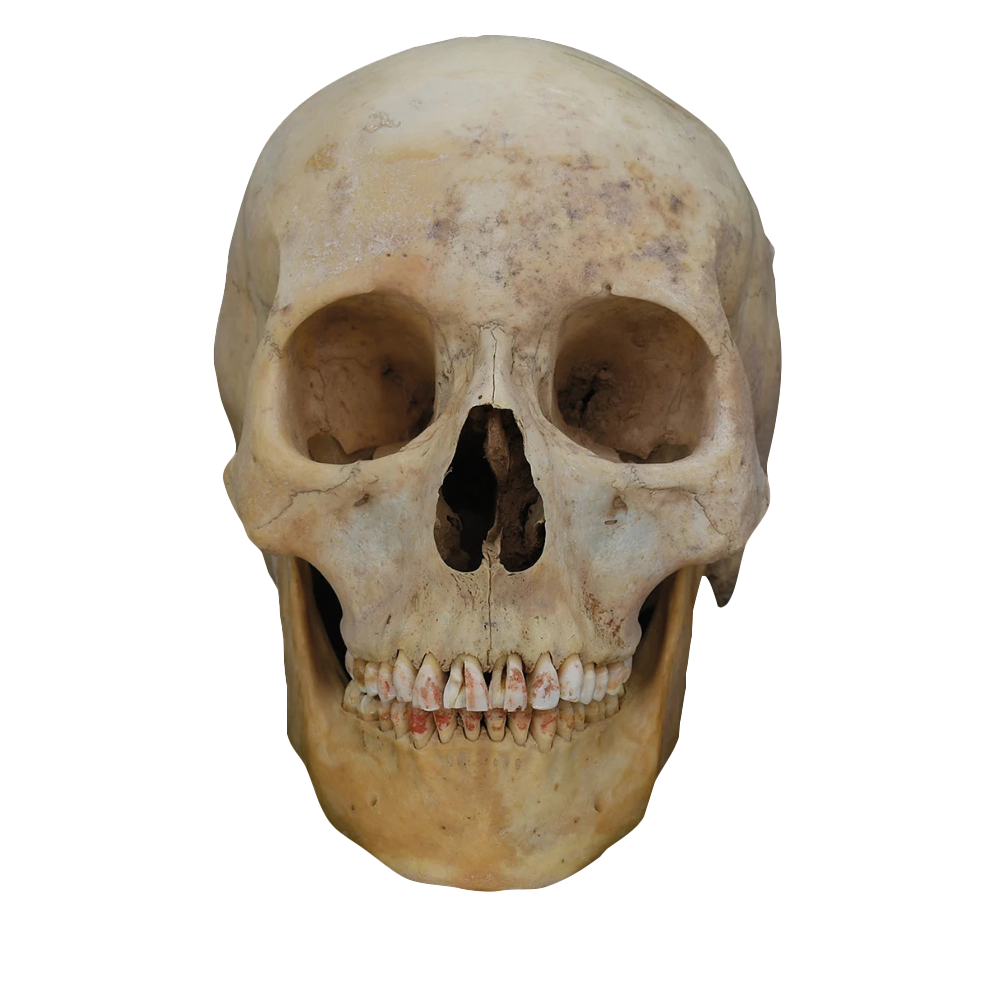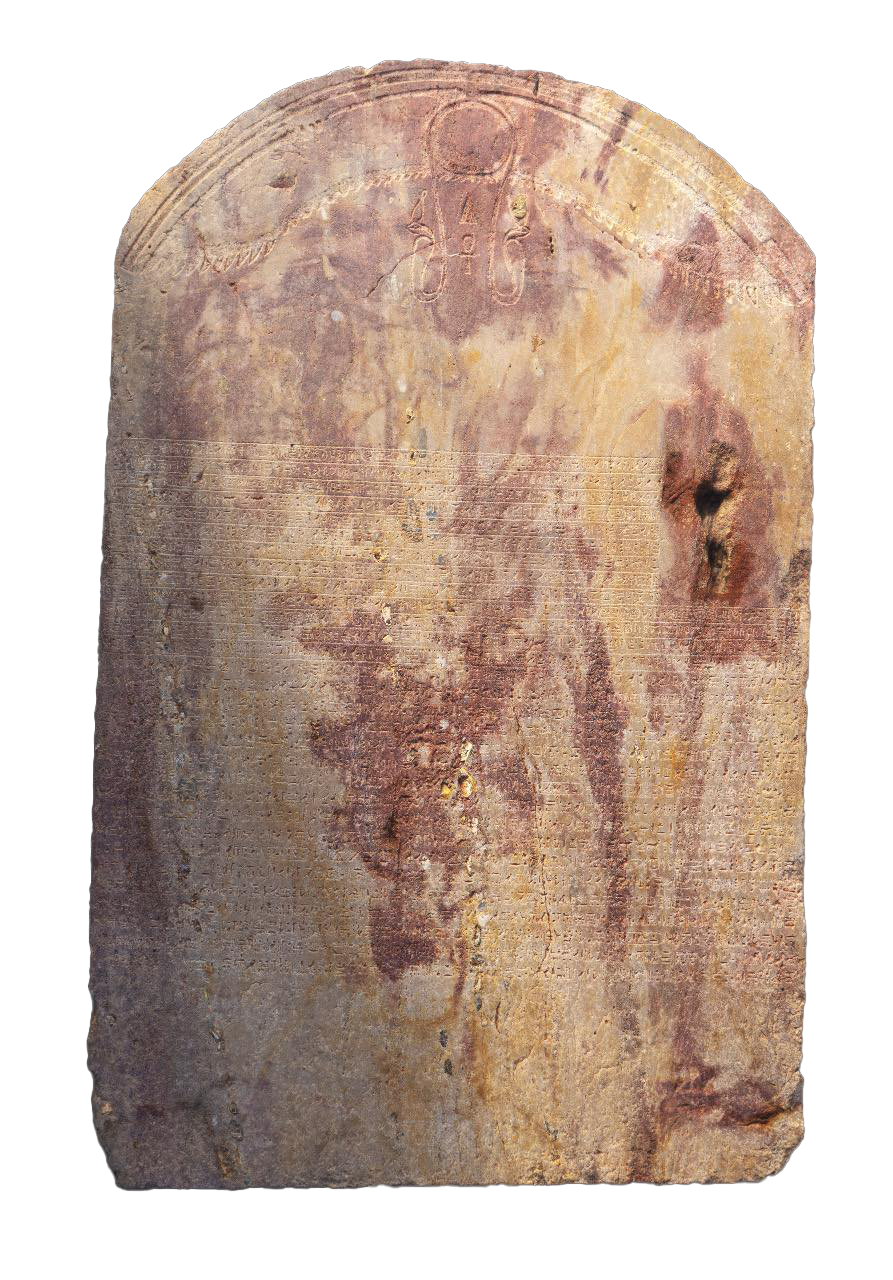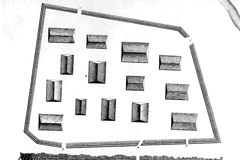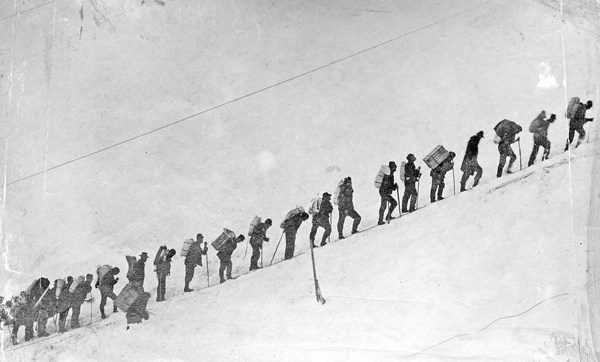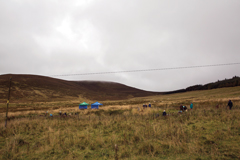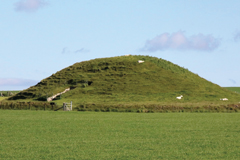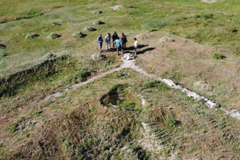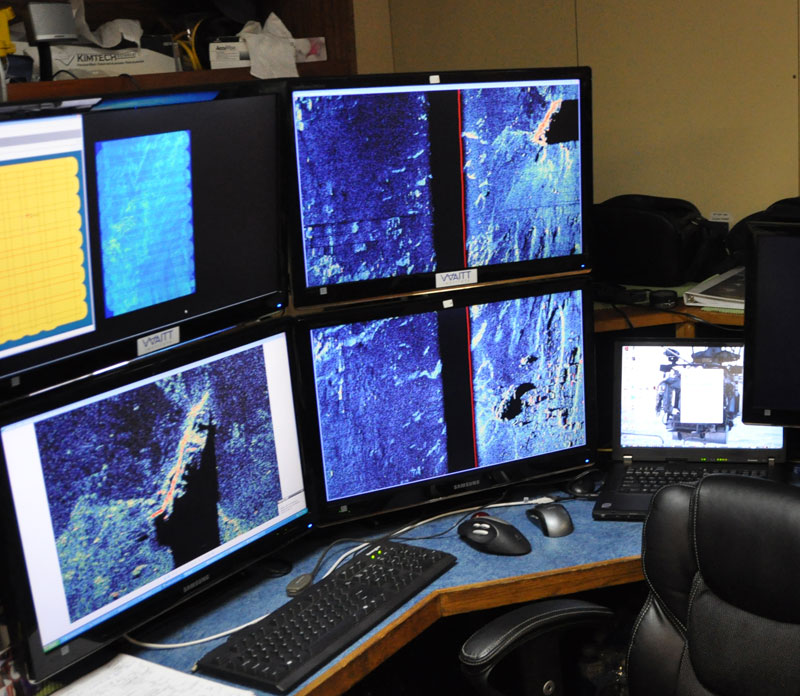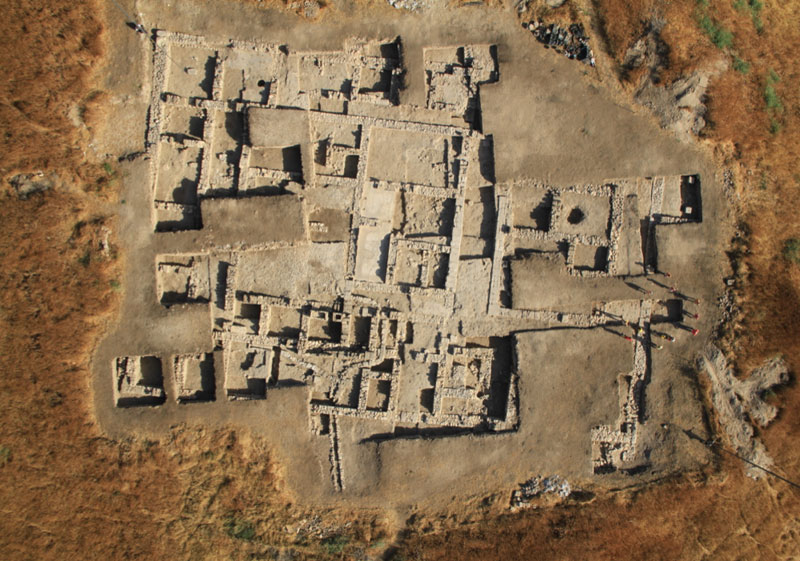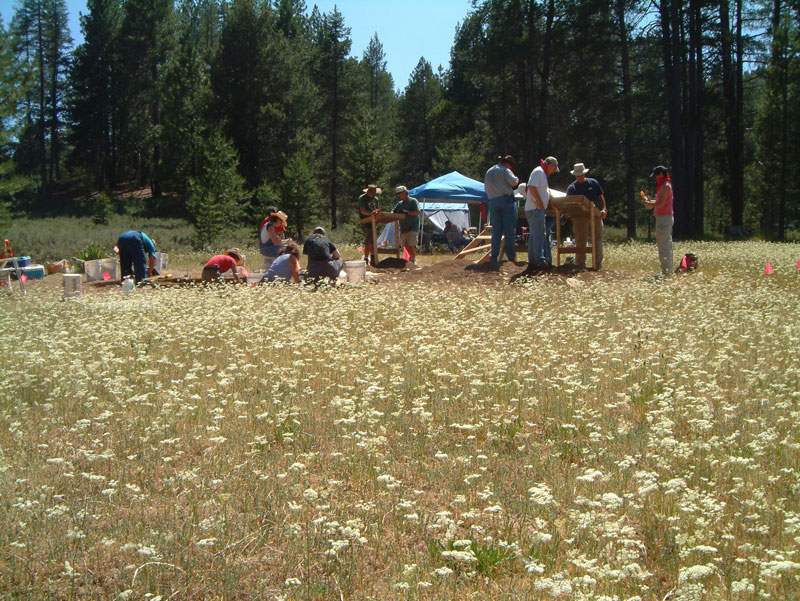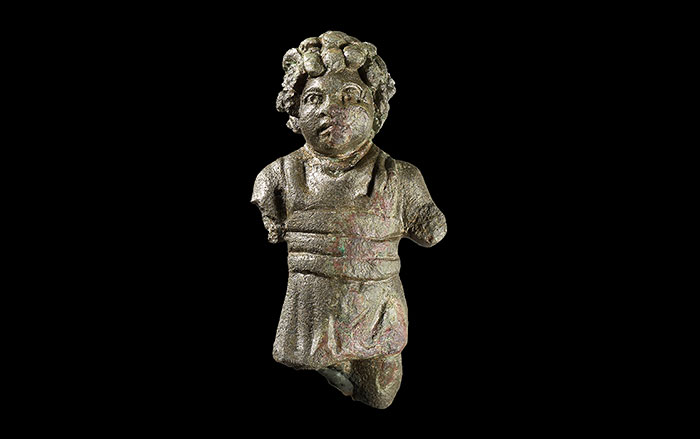
Australia

AUSTRALIA: Marine archaeologists have discovered the wreck of Royal Charlotte, a convict and troop ship that wrecked on a reef in 1825. The 75 soldiers aboard, along with officers and family, built up and huddled on a sandy cay for six weeks while waiting for rescue. Researchers expect the teak timbers, anchor, cannon, and other goods found will help them better understand trade between New South Wales, where the ship had departed, and India, where it was headed before returning to England.
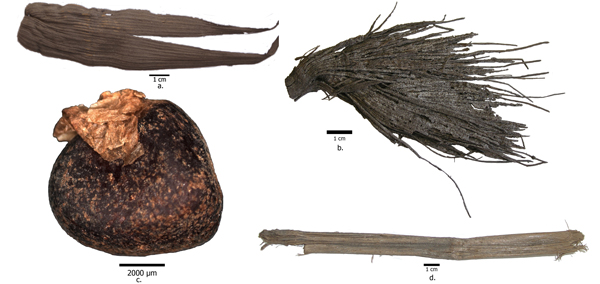
PERU

PERU: At two mounds dating to between 4,000 and 6,500 years ago, archaeologists have determined how ancient Peruvians liked their corn—popped and ground into flour. Among the finds were starch grains, husks, kernels, stalks, tassels, and cobs of species that leant themselves to either popping or grinding. Before this find, little if anything was known about how corn was used in these early years of its cultivation.
Related Content
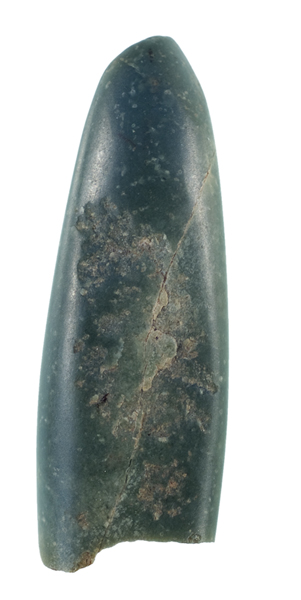
Paupua New Guinea

PAPUA NEW GUINEA: A mysterious two-inch-long tool had scientists baffled. The 3,300-year-old gouge, made of a rare form of jade called jadeite, was found on Emirau Island. Its jadeite is different from any geologists had ever seen, with the closest match being from distant Mexico. A possible solution came from an unpublished manuscript by a German scientist who found some strange rocks on the Irian Jaya mainland (the Indonesian half of New Guinea) 100 years ago. Analysis is ongoing, but the finds appear to be a close match.

MEXICO

MEXICO: Today we expect labels on containers to tell us what is inside. Perhaps the ancient Maya did as well. In a two-inch-tall, 1,300-year-old flask decorated with glyphs reading "the home of his/her/its tobacco," chemical analysis identified residue from the breakdown of nicotine. It is the first physical evidence of Maya tobacco, and the second known example of Maya "truth-in-packaging," after a cacao vessel that underwent the same analysis.
Related Content

RUSSIA

RUSSIA: A genetic study of the native people of the Altai region of Siberia—where Kazakhstan, China, and Mongolia meet—shows an affinity between the people of the region and Native Americans, who crossed from Asia to North America via land bridge as early as 16,000 years ago. Study of Y chromosomes suggest that Altaians and Native Americans share a common ancestor from not long before that time.
Related Content
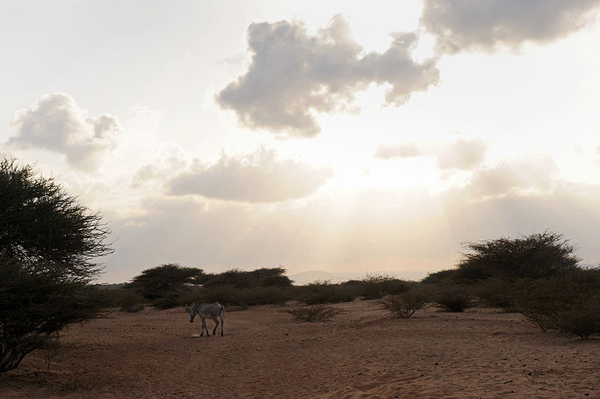
Democratic Republic of the Congo

Democratic Republic of the Congo: About 3,000 years ago, much of central Africa changed from rain forest to savanna, and it's long been thought that natural climate change was the cause. Marine sediment cores from the mouth of the Congo River suggest, however, that forest clearance, intensive land use, and increased soil erosion occurred at the same time—implicating Bantu-speaking farmers, who began to spread across the region at this time. Their forest clearing for agriculture and iron smelting might have contributed to the widespread shift in central Africa's environment.

CHINA

CHINA: A cracked skull may be the oldest known evidence of interpersonal aggression among modern humans. A CT scan of the skull, which is around 130,000 years old and known as Maba Man, revealed evidence of severe blunt force trauma, possibly from a clubbing. Remodeling of the bone around the injury, however, shows that he survived the blow and possibly was well cared for after his injury—for months or even years.
Related Content

EGYPT

At the necropolis of Qubbet el-Hawa in Aswan, archaeologists have uncovered hundreds of mummies and a tomb dating to the 12th Dynasty, around 1830 B.C. Many of the mummies and coffins come from later reoccupations of the older tomb, including this delicately featured and wonderfully preserved wooden sarcophagus, thought to contain someone of high rank from the 18th Dynasty (ca. 1550-1292 B.C.).
Related Content

ALASKA

ALASKA: In a pit house dating to around A.D. 1200, archaeologists uncovered a cast-bronze buckle that appears to be East Asian in origin and older than the house in which it was found. The oldest known cast bronze in Alaska, the artifact may have been part of a horse fitting, perhaps traded in from as far away as Manchuria. It was probably used as a charm or noisemaker by a local Inupiat shaman.
Related Content

SCOTLAND

SCOTLAND: A project led by the Royal Commission on the Ancient and Historical Monuments of Scotland asked residents of the Outer Hebrides to report previously unidentified archaeological remains—resulting in the possible discoveries of a medieval village, a complex of fish traps, and Neolithic pottery. An aerial survey team currently is following up on the reports, relying on the low winter sun to highlight remote archaeological features.
Related Content

TURKEY

TURKEY: Getting a bad piece of fruit is frustrating—it's not like you can return it—but few would hire a magician to curse the man who sold it to you. In a well in the ancient city of Antioch was a lead tablet inscribed with a curse directed at a greengrocer named Babylas, according to the first published translation. The curse, which may actually have been authored by a business rival almost 2,000 years ago, insults his mother's "polluted womb" and calls for the gods to "drown and chill" his soul.
(Courtesy Courtesy Alexander Hollmann, University of Washington)
Related Content

Utah

UTAH: The 2010 blaze that gutted the Provo Tabernacle, a meeting place for members of the Mormon Church, created an opportunity to excavate the remains of the city's first such building. The "old meetinghouse," which was torn down on the site in 1919, would have been the center of religious and cultural life for the pioneers who founded the city. Finds include parts of the stone foundation and stone frames that held stained glass above the door.



